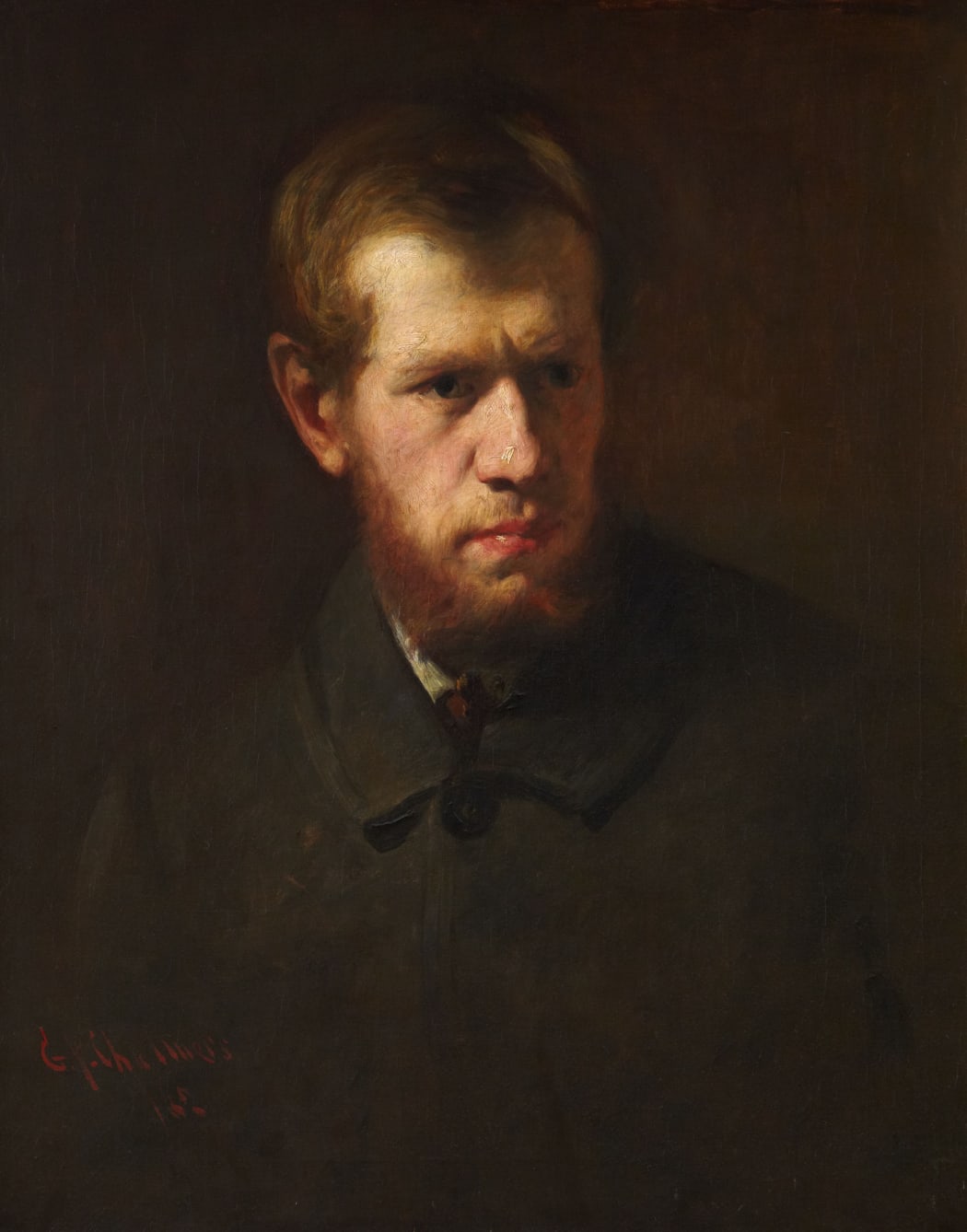
With Awards Season now in full swing, we thought we'd share some of the background stories behind our own “Academy Awards”. This is the second of three articles celebrating our awards and begins with the Chalmers Bursary.
The Chalmers Bursary (Endowed 1879, first presented 1879)
In 1878, the Academy suffered the loss of George Paul Chalmers RSA, one of the tutors at the RSA Life School. The following year, Chalmers’ mother endowed an award in her son’s name, The Chalmers Bursary.
The Chalmers Bursary has to be one of the speediest from intimation to operation, as just a little over a fortnight after making the above disposition, Mrs Collie died at her home in Montrose. Awarded to the best painting by a student in the RSA Life School. The first recipient was J Fraser Taylor, who would also receive the Keith Prize and the Maclaine Watters medal.
Chalmers-Jervise Prize (Endowed 1878, first presented 1890)
Of no known relation to the above Mrs Chalmers, Andrew Jervise, son of Mrs Jean Chalmers, left a Bequest in his will to establish another prize for the Life School.

Patrick Allan Fraser, Andrew Jervise (1820–1878). Oil on canvas. Photo credit: Hospitalfield.
Aged just 57 when he died, Jervise was a Government Inspector of the Registers of Births. It would take a full twelve years before his estate was settled and his Trustees were able to honour his wishes, as the RSA Annual Report for 1890, Notice VI records report;
“Council have to report that the Estate of the late Andrew Jervise FSA(Scot) has now been realised and the total sum of £228.18/3d – to which falls to be added the accumulation of interest – has been paid by his Trustees to the Treasurer of the Academy. The prize in accordance with the terms of his wishes has therefore been administered this year for the first time.”
Named the Chalmers-Jervise Prize, it was awarded for the best drawing executed by a student in the RSA Life School, and Allan Stewart became the first recipient in 1890.
John Leng Travel Prize (Endowed 1881 for 3 years only, first presented 1881)
In the interim, between the Chalmers Bursary and the Chalmers-Jervise Prize being awarded, a Dundee printed and publisher [Sir] John Leng (1828-1906) approached the President and Council with a proposal.
Lang’s prize was unlike anything previously offered and though short-lived – he established it to run for just three years – it would create a format which has since proved to be bountiful in terms of how the Academy supports emerging talent.
Established in 1881, Leng offered a cash prize of £50 in each of the three years his award was operational, to encourage the recipient to travel overseas to experience great art at first hand. On their return, Leng was to have first pick of the artworks which they produced on their travels for his own collection.

William Quiller Orchardson, Sir John Leng (1828–1906), MP (1889–1905). Oil on canvas. Photo credit: Dundee Art Galleries and Museums Collection (Dundee City Council).
RSA Carnegie Travel Scholarship (Endowed 1903, first presented 1903)
The Dunfermline-born industrialist-turned-philanthropist, Sir Andrew Carnegie is best known for the creation of countless public libraries around the world. But in 1903, he and his wife Lady Louise would transfer $12,000 of US Bonds to the Academy, the 5% interest accruing on which was to be put towards financing an annual award known as the Carnegie Travel Scholarship. The hope was, like that of John Leng, to provide students with the funds to undertake a period of overseas travel to further their own artistic practice.
Where the Lang Award had restricted travel to Europe, the Carnegie’s hoped that students might travel as far as the United States of America. And unlike the condition attached the Leng Award, Carnegie Scholars were under no obligation to hand over any of their art works to anyone.
In the initial letter in which the Carnegie’s laid out their plans for the Scholarship, the following interesting point was made:
“Should any of the holders of these Scholarships while holding the Scholarship, make copies of notable pictures, or other works of art, the President, Council and Visitors may arrange to purchase such copies should they think the copies likely to be of educational value to the students in the Life School, and they expend any surplus income in their hands in so doing.”
Council put this clause into effect in 1905 when it paid Andrew Gamley, the inaugural Carnegie Scholar, £15 for his copy of Puvis de Chavannes’ “L’Enfant de Sainte Genevieve” which he had copied from the original in the Pantheon, Paris on his travels.

Andrew Gamley, L’Enfance de Sainte Geneviève (c.1904). Oil on canvas.
Interestingly, the Carnegies also stipulated that “A student who has once held a Scholarship shall not, in ordinary circumstances, be entitled again to hold one.” A practical matter which had not previously been applied to any other prizes. It is with the work of the Carnegie Scholars that we see how worldwide travel can expand an artist’s vison. In 1903, foreign travel wasn’t generally something which many people could embark on, and the experience meant a lot to those fortunate enough to be provided with such opportunities.
The Carnegie Scholarship is still awarded today, but no longer carries the value to facilitate overseas travel. It has since been superseded by the Alastair Salvesen Travel Scholarship and subsequently, and most enduringly, by the RSA John Kinross Travel Scholarship, which we will address in our next Academy Awards blog post.

